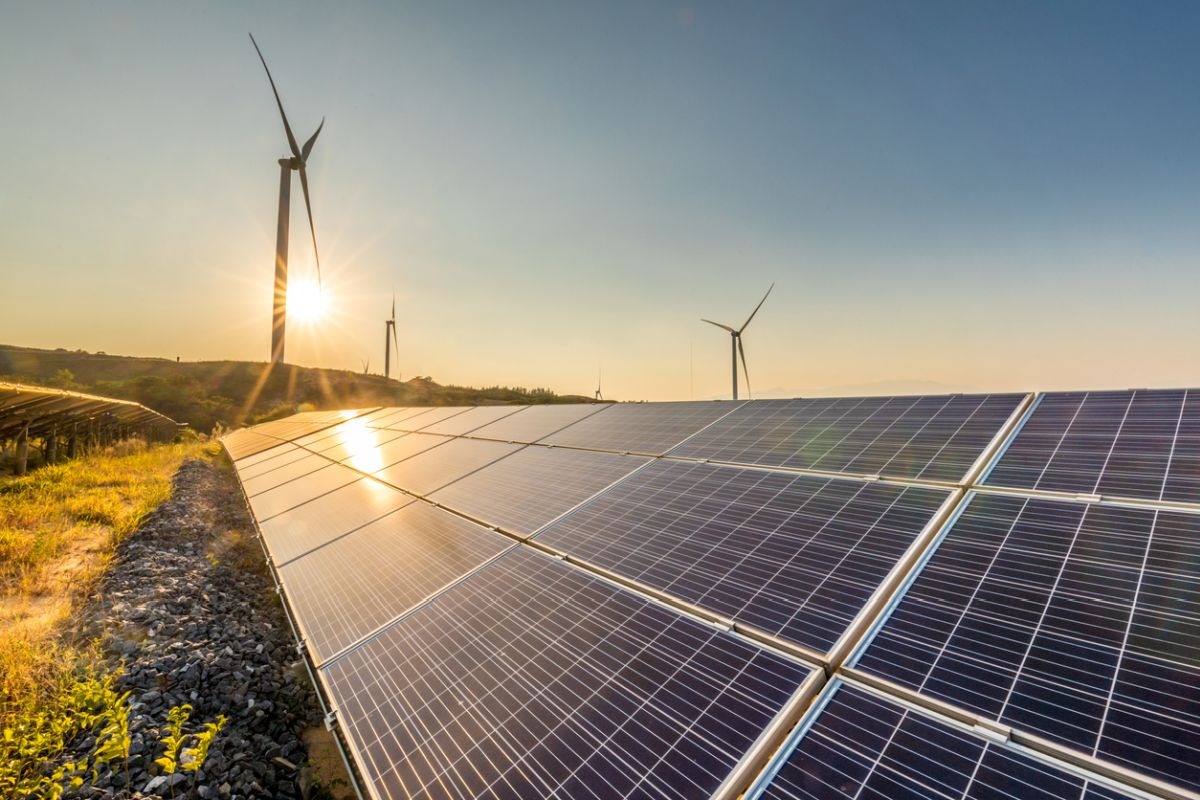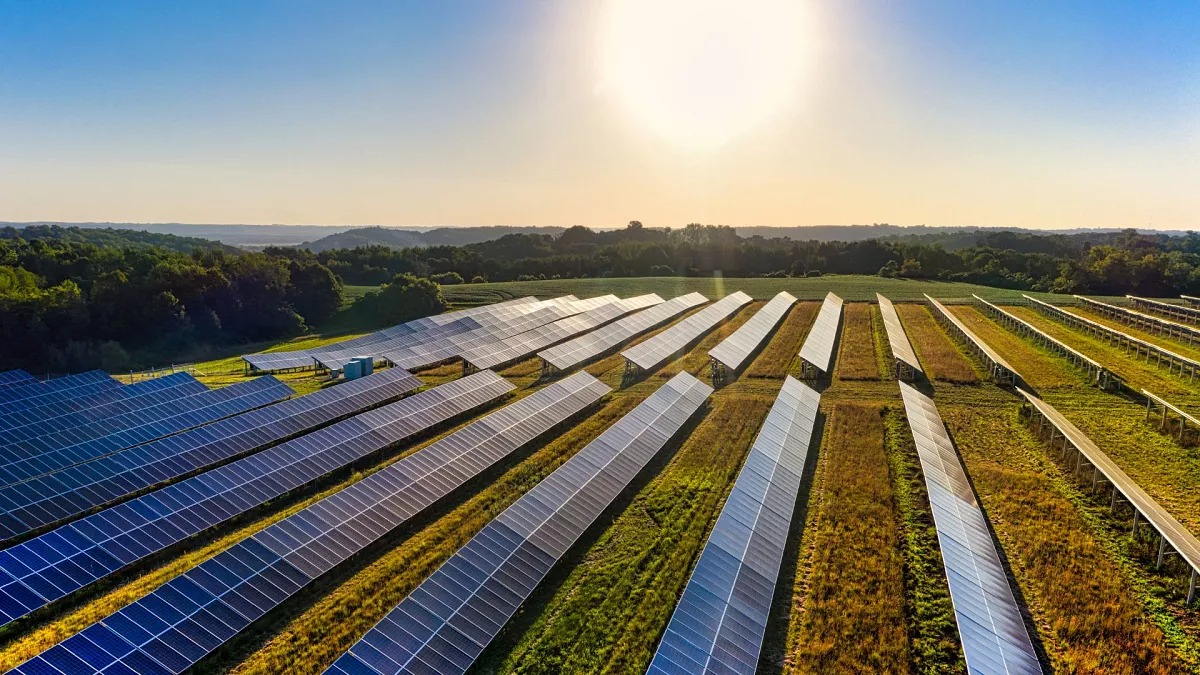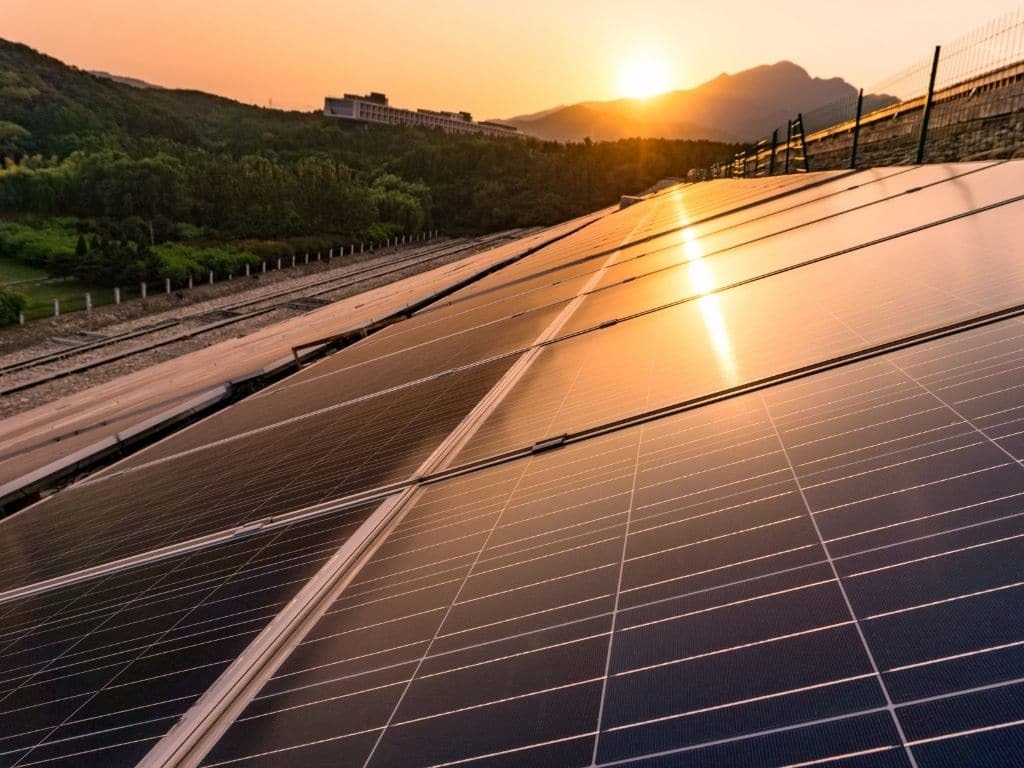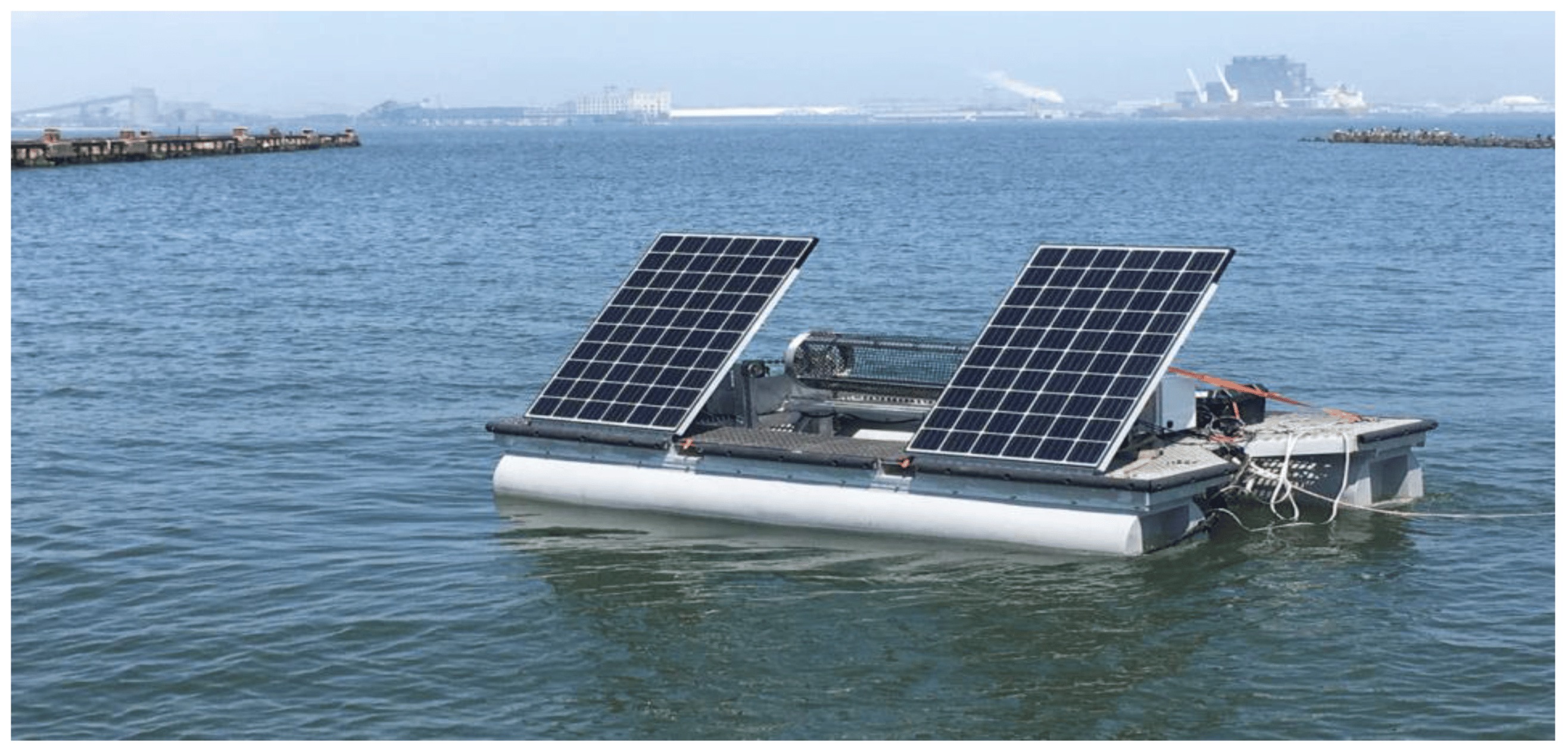Sunlight Activated Panels
Does the collision of sunlight with the surface of a solar panel result in the production of some electricity? In solar cells or photovoltaic cells, an astonishing process occurs each time when they are exposed to sunlight. In most cases, solar cells contain silicon, a semiconductor material. The sun’s energy is absorbed by the silicon semiconductor, and the result is the creation of electron-hole pairs, which are vital for electricity. Hence, when sunlight enters the cell, its energy exposes sufficient force that makes it possible for electrons to break free.
Description of the photovoltaic cell
Each solar cell consists of a top layer doped with phosphorus to create extra electrons with a negative charge, and a bottom layer doped with boron to creates holes that are positively charged, like a battery, only without a switch. The flow of this electrons constitute electricity, and is from the negatively charged side to the positively charged side resulting in direct currents. This is the technology employed to generate electricity by solar companies in the California Mojave Desert, as they set up large solar farms to cater for energy needs for thousands of homes.

The role electric field
This is the field established between the two layers of the cell and it directed this flow of free electrons into a current. It is a vital part of the fact of the because it can only force the electrons to move in a single direction towards the metal conductive plates that are used to line the sides of the cell.
The effect of the intensity of sunlight
More sunlight results in increased amounts of electricity. This is the reason why solar panels are producing high amounts of electricity on a clear day. The legendary Solar Energy Generating Systems and its property in California depend on this phenomenon to provide ample of electricity for the state’s use during the daylight time.
Batteries Produce Electric Current
Usually, after the solar panels have successfully converted the sunlight into the electrical energy, this direct current is not yet ready to be used by the household appliances, which run on the alternating current. Therefore, batteries are required in most solar energy systems, especially in the residential ones: while they serve mainly for the storage and management of the energy, they eventually also take an active part in the solar to electrical to mechanical to energy flow.
At the Storing Stage
The primary function of batteries in the context of the utilization of the solar energy is that they store the DC electricity generated by the solar panels. Solar batteries consist of cells containing electrodes and an electrolyte; these prepare the battery to store and, afterwards, discharge the electricity. Among the widely utilized batteries dedicated to various solar applications are lithium-ion batteries : while the total efficiency of these is high, they can also boast quite a high capacity for charging and discharging.
Charging and Discharging
Therefore, if the solar panels generate more electricity than the home uses at a certain period, the spare energy charges the batteries. At the times when the solar panels do not generate electricity, such as during the night or the cloudy weather, the energy from the batteries can be discharged. For example, the Tesla Powerwall solar battery can store 13.5 kWh of energy; an average American household uses up to 11.5 kWh of electrical energy per day. Therefore, Powerwall can provide a small family household with the solar power for as long as the night.
Conversion
Finally, the DC electricity stored into the batteries is also converted through the inverter into AC that is used to fuel the appliances. This very essential step ensures that the solar power system reliably and adequately feeds usable energy at all times, not varying with the natural solar production. Advanced battery systems contain smart technology managing the energy flow according to the household’s needs and the weather for the most efficient time to charge and, alternatively, discharge. A good example of solar battery implementation is found on the Kauai island: with a massive bank of solar batteries charging the owner during the day, it can supply as much as 90% of the island’s peak power usage demands in the evening.
Electrical Energy Is Converted
The next logical link in the chain, after the solar panels have successfully caught the sunlight, and the batteries have safely stored the resulting direct current is the conversion of the DC into an alternating current. This step is crucial since most of the appliances designed to be run in the average home and office are designed for AC, not DC.
The inverter
The device that is used for the purpose is called an inverter. Its major function is to transform the electric current that generally flows in one direction into the one that changes its’ direction multiple times a minute. The modern analogs of inverters serve a dual purpose – they convert the current and optimize the frequency and the voltage of the electricity to correspond with that of the local power grid or that required to run the home appliances.
Types of inverters
In the context of a solar power station, there are three main types of inverters: string inverters, which are used for large arrays and are the most cost-effective; microinverters – the more advanced version that can be found behind every solar panel, which makes the conversion of electricity more efficient, especially in partially shaded conditions; and the third kind, which is a somewhat superior version of the first type.
Efficiency and safety measures
The typical efficiency for each inverter to run at is between 95% and 98%. Each of them is also fitted with a switch that automatically shuts down the equipment in the case of a power outage to prevent backfeeding.. The implementation of this technology can be seen in the solar power farms in Germany. The advanced inverters used in the solar power stations allow smooth integration of this type of energy with one of the most reliable energy grids in the world. Some examples of the inverters can be found at the leading German manufacturer’s site, SMA Solar Technology AG. These inverters can handle the energy conversion on such a massive scale, that they are likely to be responsible for over 50% of the residential solar power installations across the country. Modern analogs of these devices can also be monitored and controlled via smartphone apps, which allow the users to see how much electricity has been converted, and how much of it has been used.
Converted Electricity For Home Supply
After the solar power has been converted from DC to AC by the inverter, the system is ready to be supplied to a home’s electrical system. This phase is important as it provides the integration of solar-generated electricity into the household’s daily operations, permitting all the devices and appliances to function seamlessly.
Integration into Home Electrical System
The converted AC electricity goes straight from the inverter into the home’s electrical panel, which is also called a “breaker box”. The panel contains all the necessary circuits that are needed to connect the electricity flow to the house’s different systems. Each of the circuits is safeguarded with a circuit breaker that is designed to stop the power supply in case of an overload. Protecting the circuits means ensuring the safety of the whole system and the residents.
Balancing Solar and Network Flow
For most households with solar power systems, there are two sources of electricity: the solar panels, and the local grid. The latter is in use at night and in cases where the solar panels do not produce enough electrical current. For systems with a smart meter, the switches are automated. This setup is important as otherwise, the system would be disabled at night or, for example, on overcast days, depending on the solar output.
IAC and DC Meters
Analog photovoltaic meters differed from the standard electrical meters in that they could rotate in the opposite direction. However, the new smart meters can measure the electricity generation and the consumption, registering the difference, which, in the case of the aforementioned digital product, can be displayed online on the webpage OregonSolar.com.
California Net Metering
In California, a significant number of households that use solar power also rely on a system called net metering. The electricity meter counts the difference between the generated solar power and the power consumed from the grid. If the system produces more electric current than is needed in the house, this excess is returned back to the grid, and the homeowner gains a credit. As a result, their electric bill and dependence on the electricity company decrease, and the local power grid becomes more sustainable.

Net Meter Measures Usage
A net meter is an indicator type of device in a solar panel system that allows monitoring the energy contrast between the solar power system and the grid. The device calculates the amount of electricity taken from the grid and the excess energy sent from the homeowner’s home-based solar panel back to the grid.
The Net Meter Function
A net meter works in two ways, meaning it monitors energy incoming into and going out of the meter. It is this capability that allows the implementation of net metering policies where homeowners are accredited the excess energy.
How Net Metering Works
Products of the best portable solar-panel kits, the functionality of the net meter is indispensable. When the solar panel produces more electricity than is required in the homeowner’s residence, the excess electricity travels through the inverter, is automatically converted into AC, and directed to the electrical panel where it is then sent through the net meter and back to the utility grid. In this instance, the net meter measures the energy going out of the meter and accredits the homeowner the power.
How Colorado Benefits
Adoption of net metering in Colorado has been beneficial to many residents in reducing the amount of money paid monthly on energy. For example, with the number of light hours being longer, an average household in Denver, Colorado, may in a month of June generate an excess of 200 kWh. In the months ensuing and when the demand for electricity rises, the house will be consuming the energy from the grid. If each month the light hours exceed the number of hours needed to power the home, the home will be fueling back the grid.
Benefits to the Electrical Grid
Apart from individual savings, the net meters are helping decrease the demands on the local electrical grid. The homeowners are credited when they put additional electricity into the service, which helps counter the costs they normally need after peak hours. The credited money goes into avoiding blackouts and decreases the need for more power plants.



